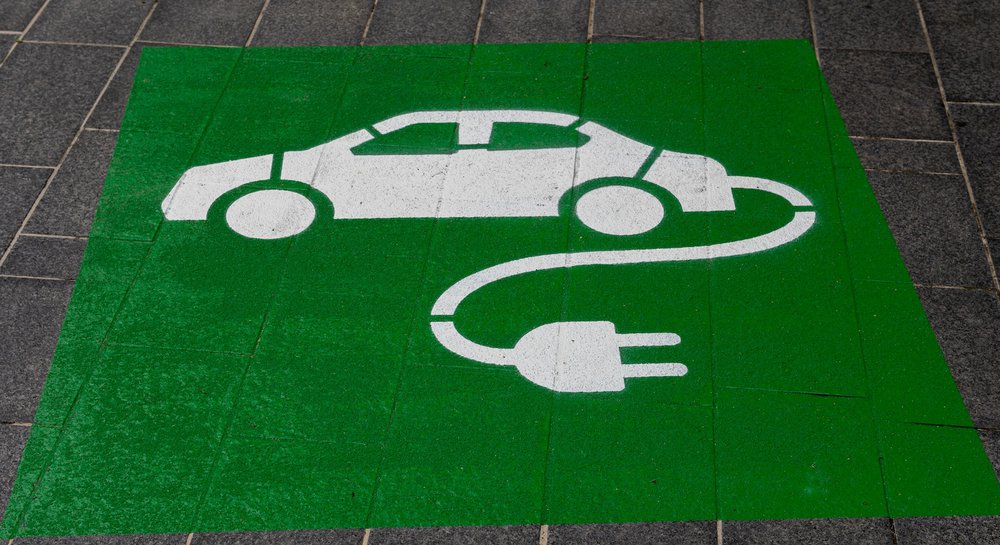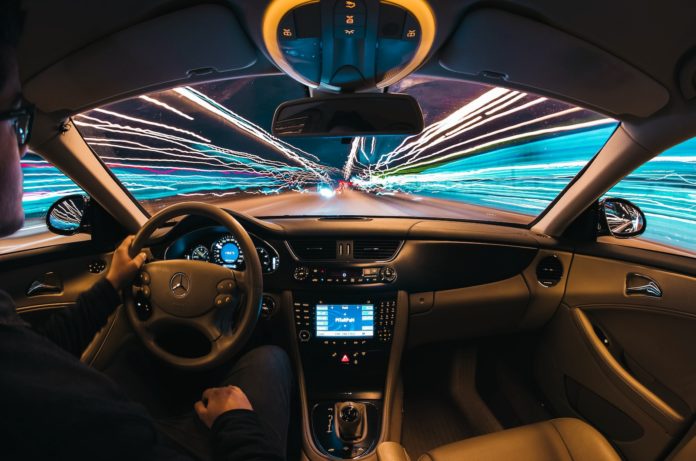If you follow the world of transportation in any way, you know that we are approaching a technological revolution. This revolution is championed by the technology of self-driving cars. In the near future, you will be able to step into your car and reach your destination without doing anything, let alone putting your hands on the steering wheel. Self-driving or autonomous vehicle technology is growing by the day, and soon enough it will become a reality.
Loaded with advanced sensors, artificial intelligence technology, and cutting-edge camera technologies, self-driving vehicles will be able to navigate the roads, interpret traffic signals and interruptions on the road, and make decisions without an intervention from a human. At least, that is the vision that so many companies are trying to reach.
Nonetheless, as with any new technology, self-driving cars also come with a long list of challenges and concerns. This is why it is important to explore the pros and cons of this new innovation to be able to make informed decisions about its future. The following article will dive into the fascinating world of self-driving vehicles, and examine the advantages and disadvantages of this new technology.

The Pros of Self-Driving Cars
As self-driving cars continue to make waves in the automotive industry, their potential benefits are becoming increasingly evident. In this section, we will explore some of the most compelling advantages of autonomous vehicles.
Improved Road Safety
One of the primary promises of self-driving cars is a substantial reduction in road accidents.
Human error, such as distracted driving and speeding, is a leading cause of traffic accidents. Autonomous vehicles, driven by sophisticated algorithms and sensors, have the potential to minimize these errors, making our roads safer for everyone. They can react faster than humans, avoid collisions, and adhere strictly to traffic laws.
Enhanced Traffic Efficiency
Self-driving cars are designed to communicate with each other and traffic infrastructure in real-time. This interconnectedness could lead to optimized traffic flow, reducing congestion and travel times. Imagine a world where cars merge seamlessly at intersections, reducing gridlocks and the frustration of daily commutes.
Increased Accessibility
Autonomous vehicles could provide mobility solutions for individuals who are unable to drive due to age or disabilities. These self-driving cars have the potential to empower people with limited mobility, granting them newfound independence and freedom.
Energy Efficiency
Autonomous vehicles can be programmed to operate more fuel-efficiently than human drivers. They can accelerate and decelerate smoothly, avoid unnecessary idling, and take optimal routes, potentially reducing fuel consumption and greenhouse gas emissions.
Convenience
Self-driving cars could transform your daily commute into productive or leisure time. You can read, work, or relax during your journey instead of focusing on the road. This convenience could make commutes more enjoyable and allow you to make the most of your time.
Reduced Parking Space Requirements
With autonomous vehicles providing efficient pick-up and drop-off services, there may be less need for vast parking lots in urban areas. This space-saving could be repurposed for green areas or new developments, reducing urban sprawl.
While these potential benefits are exciting, it’s crucial to balance the equation by exploring the challenges and drawbacks of self-driving cars. The advantages are only part of the narrative, and understanding the full picture is essential as we step into this autonomous future.
The Cons of Self-Driving Cars
While self-driving cars hold immense promise, they also face several challenges and concerns that must be addressed before they become a ubiquitous part of our daily lives. In this section, we’ll dive into some of the notable drawbacks and obstacles associated with autonomous vehicles.

Technical Limitations and Reliability
Self-driving cars heavily rely on complex sensors, cameras, and algorithms to navigate. These systems can malfunction, misinterpret data, or face limitations in certain weather conditions, such as heavy rain or snow. Ensuring their reliability and safety in all scenarios remains a significant challenge.
High Initial Costs
The development and integration of autonomous technology are expensive. This cost is likely to be passed on to consumers, making self-driving cars initially less accessible to those on a tight budget.
Job Displacement
The rise of self-driving vehicles may lead to job displacement in industries centered around driving. This includes professional drivers, such as taxi drivers and truck drivers. Preparing the workforce for these changes and identifying alternative job opportunities is crucial.
Legal and Ethical Complexities
Determining liability in accidents involving self-driving cars can be legally intricate. If an autonomous vehicle is involved in an accident, is the car manufacturer, the software developer, or the car owner responsible? Addressing these legal and ethical questions is an ongoing challenge.
Privacy and Data Security
Autonomous vehicles collect vast amounts of data to operate safely. Concerns about how this data is stored, shared, and protected are paramount. Ensuring the privacy and security of this data is essential to prevent potential misuse or breaches.
Resistance to Change
Many individuals are understandably hesitant to trust their lives to self-driving technology. Convincing the public to embrace this new mode of transportation and developing regulations that guarantee their safety remains a formidable task.
Dependency on Technology
With self-driving cars taking the wheel, humans may become overly reliant on technology, potentially eroding driving skills and the ability to respond effectively in emergencies.
Balancing the advantages and disadvantages of self-driving cars is vital as we progress toward this transformative era of transportation. These challenges are not insurmountable, and they underscore the need for continuous innovation, regulation, and public engagement as we move closer to a world where autonomous vehicles are the norm.
The Future of Self-Driving Cars
The future of self-driving cars is an exciting frontier in the world of transportation. While there are both pros and cons to consider, the trajectory of this technology suggests that self-driving cars will play an increasingly significant role in our lives. In this section, we’ll explore what the future holds for autonomous vehicles.
Advancements in Technology: As technology keeps progressing, self-driving cars are bound to become more dependable and efficient. The algorithms and sensors that power autonomous systems will get better, addressing concerns related to safety and performance.
Safer Roads: Self-driving cars are expected to make our roads safer. These vehicles don’t get tired, distracted, or impaired, which are common causes of accidents with human drivers. Fewer accidents mean saving lives and reducing the financial costs linked to accidents.
Urban Mobility: Self-driving cars are ready to transform urban mobility. Autonomous ride-sharing services could lead to fewer people owning cars, resulting in less traffic congestion and reduced need for extensive city parking.
Accessibility: Autonomous vehicles can open new doors for people with disabilities or the elderly. They offer more independence and transportation options, improving their overall quality of life.
Environmental Benefits: Self-driving cars can be programmed to drive more eco-consciously, reducing fuel consumption and emissions. Also, the increasing use of electric self-driving cars can contribute to a greener and more sustainable transportation system.
Economic Impact: Although self-driving technology may displace jobs in some industries, it will create fresh employment opportunities in fields related to autonomous vehicles, such as vehicle maintenance, data analysis, and software development.
Government Regulations: Governments worldwide are crafting regulations to ensure the safe rollout of self-driving cars. As these regulations become more refined, they will create a framework that encourages the responsible growth of this technology.
User Trust: Over time, as people become more familiar with self-driving cars and experience their safety benefits, trust in these vehicles is likely to grow. Acceptance of autonomous vehicles may speed up, making their integration into our transportation systems smoother.
In conclusion, self-driving cars are poised to revolutionize the way we move from one place to another. Their potential benefits, including increased safety, improved traffic flow, and reduced environmental impact, are driving the development of this technology.
While there are challenges to overcome, the future of self-driving cars appears promising, and they are set to become a prominent feature of our daily lives. It’s a future where we share the road with both humans and machines, ushering in a new era of transportation.
Carol
Information sourced by the author for luxuryactivist.com. All content is copyrighted with no reproduction rights available. Images are for illustration purposes only.
